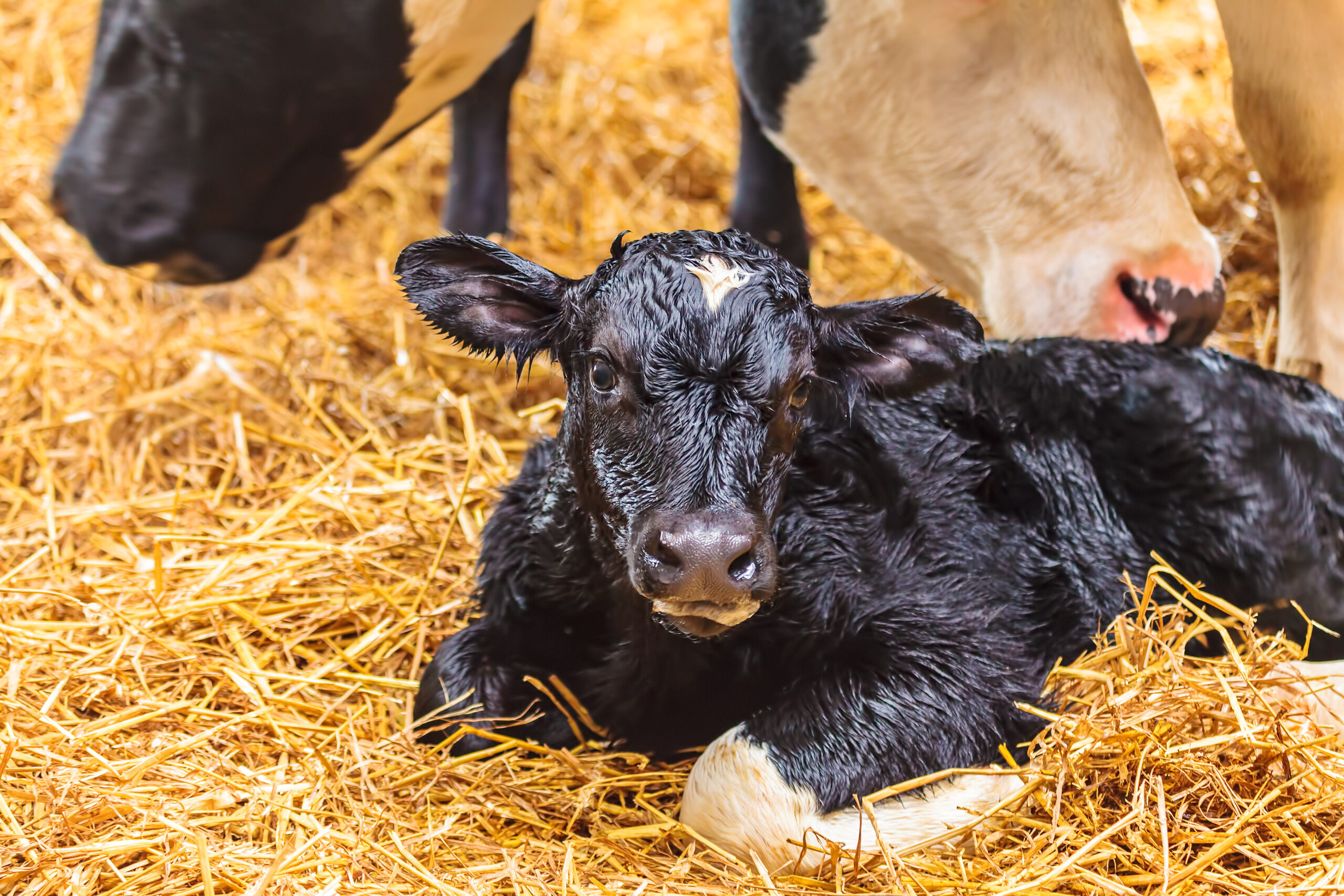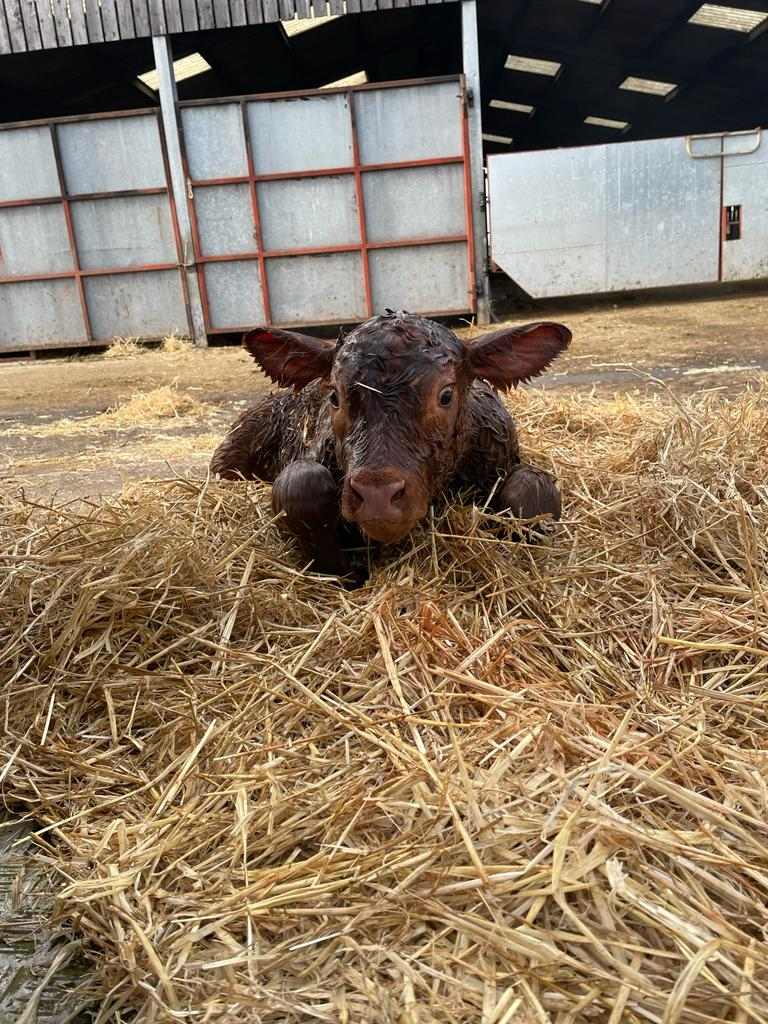Neonatal Calf Diarrhoea or Calf Scour as it is more commonly known, is the leading cause of death in newborn calves. It is still thought that as many as 3% of all calves born are lost to scour. Given that there are 1.8 million milking cows in the UK, this means that 54,000 dairy calves may be lost to the disease every year.
It is highly likely that 4 or 5 times that number suffer from scour but thankfully recover. For an average 250-head dairy, that’s roughly 28 calves a year that will require support through an episode of scour.
Scour is a multifactorial disease. Dry cow nutrition, colostrum quality and management, hygiene of the calf environment and biosecurity are all important when planning scour prevention strategies. If we get these correct, then the likelihood of the calf becoming infected with one of the scour pathogens is greatly reduced.
It is well known which infections are important in the UK. Rotavirus and Crypto are the most commonly seen in the UK – a recurring theme! Coronavirus and E.coli are slightly less common causes. Many cases of scour will have more than one pathogen involved and these mixed infections, eg Rotavirus complicated by an E.coli septicaemia, are often the most severe.
The principles involved in supporting the scouring calf are well known. Maintaining good hydration with oral or intravenous fluids is key. Keeping a chilled calf warm, eg under a heating bulb, good bedding for recumbent calves and encouraging milk feeding all help the calf get over the worst few days. If the calf looks very sick, becomes collapsed, or develops a fever then veterinary attention is needed. It is useful however to have a good, non-antibiotic scour remedy for early use on the farm to try to prevent deterioration.
Sorry to all the gas users. Charcoal is a superior BBQ material according to Miss Batty.
We’ve now got access to a new oral activated charcoal gel product called Charcovet which can be used in unwell scouring calves. Activated charcoal is very highly processed carbon which has an immense surface area, enabling it to adsorb many of the toxic molecules present in the infected gut and stopping them causing further damage. Activated charcoal also will soak up the gas and liquid fractions of the diarrhoea, reducing bloating and cramping, and helping the calf produce a more normal stool. We’ve used it on a couple of farms already with some good results. Forte has also had good trials on farm and the long history of activated charcoal’s use in humans and small animals for intestinal problems give it a good scientific base.
Speak to your vet if you want to try some out or have a scour problem that you want to sort.
It comes in an easy-to-use tube. One tube per calf per day (split twice daily if preferred), for as long as required. It can also be used in lambs, 2ml/kg per day (split twice daily if preferred), for as long as required.
Shake the tube well before use. Remove the cap, wheel the dial to select the correct amount and administer by mouth. Carefully replace the cap after use.
It should be given separated by at least two hours from either milk or oral rehydration solution










Leave A Comment